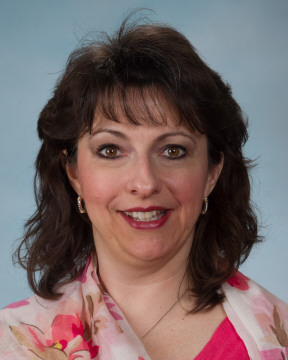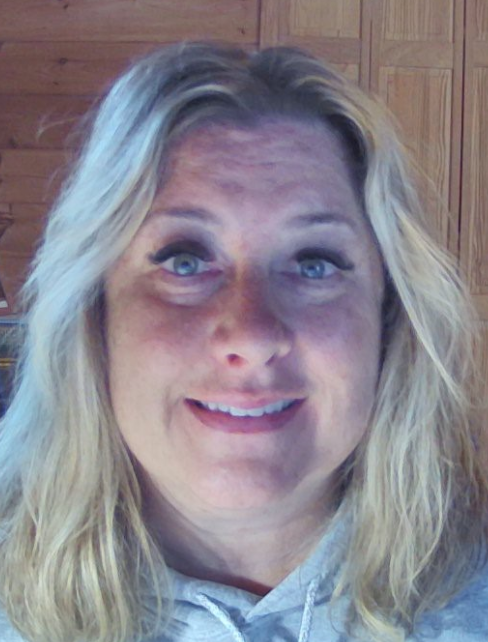In November 2017, UNOS began implementing changes to eliminate donor service areas (DSAs) and create a more equitable system of organ distribution by allocating deceased donor organs to the sickest patients. While the new rules still use distance as a limiting factor (proximity circles), the goal for each organ is to develop a model that uses continuous distribution of organs from the donor hospital location.
For more information about these changes and the overall impact on clinical practices, please review the Fall 2021 issue of the Transplant Executive Insights entitled “Implications of the New Organ Allocation System – Changes in Clinical Practices”.
While clinical practices are important to consider, there are also far-reaching financial considerations to bear in mind as it relates to the allocation changes.
KIDNEY TRANSPLANTS
The standard acquisition charge (SAC Fee) charged by an organ procurement organization (OPO) is mandated through the OPO’s cost report by CMS. Under the revised allocation system for kidneys, costs will increase for OPOs due to widened allocation boundaries and increased costs for organ transportation. Likewise, the new kidney allocation system has led to an increase in organ discard rates, which is an additional cost that OPOs will absorb moving forward. As OPOs continue to absorb these costs, there will be an increase in the SAC fee charged by OPOs to break even on their cost report, which will subsequently become an added cost for Transplant Centers to consider.
EXTRA RENAL TRANSPLANTS
The financial considerations for all non-kidney transplants are much greater and different than those of kidney transplants. The most significant expense that must be considered is the cost of transportation. While kidneys are typically transported on commercial flights, most non-local, non-kidney organs are procured by utilizing private transportation. With broadened allocation parameters, transplant centers are required to travel further distances than previously done to grow their program, or even maintain the same volume.
There are a few underlying cost considerations that get bundled with the overall cost of transportation including:
Pilot Duty Time: Due to unforeseen delays in OR recovery times, delays in the arrival of other recovery teams, or even just the initial distance traveled, the pilots contracted to charter these flights may “time-out”, requiring transplant centers to dispatch a second pilot to the same location to finish the charter thus doubling the cost of the trip. Additional considerations apply when the private air carrier is not based near the transplant center and needs to reposition from out of area.
Dry-runs: The costs associated with dispatching teams to recover organs that are ultimately ruled out for transplantation can quickly add up.
Utilization of Perfusion and Preservation Devices: As transplant centers continue to travel further for organ recoveries and look for ways to expand their donor pool (e.g., DCD Organs), they are leveraging new technologies and devices. Perfusion and preservation devices offer transplant centers a way to preserve organs and transport them over greater distances. The use of these devices, however, results in an added cost to organ transportation and the organ itself. An additional expense to consider are the preservation solutions whose rates are steadily increasing because of limited supply.
ALL SOLID ORGAN TRANSPLANTS
As transplant centers continue to adjust their aggressiveness to procure life-saving organs for their patients and travel greater distances to do so, there are a few financial considerations for all organ groups that will need to be evaluated.
Delayed Graft Function (DGF): As organs are coming from greater distances, there is a higher possibility for delayed graft function, which could potentially lead to increased length of stay for transplant patients. Additional care may need to be provided, such as dialysis, which is an additional cost to the transplant center.
Insurance Contracts for Transplant Patients: Insurers typically do not adjust for additional costs outside of normal contracting negotiations. While some costs will go onto the Medicare cost report, it will not make up the difference of the added expense of further/increased travel and the use of new technologies.
Increase in Organ Offers: Most centers are experiencing a large increase in organ offers. Depending on the center’s model for organ offer evaluation, there is a possibility for an increase in on-call pay or overtime for coordinators who evaluate the organ offers. If a third-party service is used and/or an internal team is developed, there could be contract language that changes fees based on the amount of offers they are handling for a transplant center.
Third-Party Contractors: In addition to a third-party service to help with organ offer calls, centers may also need to utilize contracted surgeons and/or perfusion services at an additional cost to the transplant center.
Increase in Organ Discards: The rise of organ discards can have an adverse effect on the Medicare ratio of the transplant center. In order to be applied towards the Medicare ratio, the organ must be transplanted. With more complexity in the allocation system leading to more discards, one could expect the Medicare ratio to decrease for high donor recovery transplant centers.
SUMMARY
As UNOS continues to work towards continuous distribution of organs to be more equitable in organ allocation, there are many financial aspects a transplant center needs to consider each time a proposed change is made. Transplant administrators should consider the following action items to be prepared:
Be Proactive, Not Reactive: The most important action is to be proactive. As UNOS publishes new allocation policies for public comment, be sure to participate. If CMS is proposing changes that can affect how Medicare ratios are calculated, be sure your voice is heard with the rest of the transplant community.
Know your costs: What is the average cost of an organ? How much is spent on flights? For a transplant admission, what is the average cost per day?
Engage with your contracting team: Take an active part and be sure to include hospital executive leadership in the negotiations of any contracts with commercial payers. Make sure the contracts are adjusted for the increase in costs for new technology that benefits the commercial payer’s members. Regularly meet with the contracting team to go over the costs of doing a transplant so they are always working with the most up to date information.
Know your organ recovery data: Dry runs are sunk costs for a transplant program, so meet with physician leadership to familiarize yourself with the details of cases to determine what preventative measures could have been taken to avoid the trip altogether (e.g., requesting a diagnostic test to determine organ viability). There may be some consistencies in those cases that could lead to a protocol that will help alleviate these costs.
Consider modifying organ offer filters in UNET: Leverage organ filters to immediately eliminate offers that would not be accepted based on your center’s acceptance practices, ultimately reducing staff workload and pay.
Knowing Your Value Proposition: Utilizing newer technologies may cause “sticker shock” to hospital administration, so be able to explain how the technology widens the donor pool for inpatients awaiting transplant and can free up beds faster for other admissions that would offset the cost.









